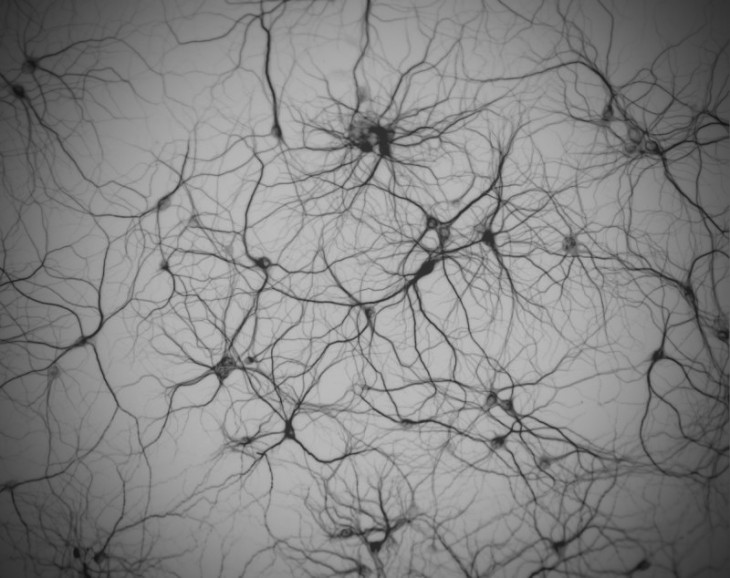
The architecture of the atmosphere
What is the atmosphere? Is it gas that surround the earth? Is it the climate? Is it the sound and smell of living creatures that fill in a certain space? The text written by Mark Wigley raises a discourse about ‘atmosphere’ in relevance to architecture. He believes that “to construct a building is to construct such an atmosphere” so what you feel when you enter a building is the atmosphere. To enter a building is to walk from one atmosphere to another. As if the walk is infinite, no inside, no outside.
Wigley points out the concept of atmosphere associated with architects that it either chases those who try to run from it or run away from those who try to chase it. How is that?
In this text, there are examples of both case. Such as Frank Lloyd Wright’s drawing, the architect insisted that powerful architecture can not be directly perceived, it’s not in the walls, the floors or the decoration, it surrounds people who root in it. Created by integrating every single detail and by thinking as a whole, the intangible ambience automatically wraps around, in between the buildings or fill up the living space. Unlike the later generation of architects, he trusted in this power of architecture, rather than making a powerful drawing and hoping to convince the audience that their designs will deliver some kind of special feeling when entering to each part of the project.
Another example was described by the attempt of a situationist from Guy Debord’s “Introduction to a Critique of Urban Geography of 1955″, to redefine architecture as pure atmospherics. The situationists proposed the removal of any indistinct border zones between intense ambiences in order to redesign the architecture by exploiting the radical potential of atmosphere.
There were also other situationists that had been working on different approaches on experience of atmosphere in architecture.
In 1958, Debord and Constrant Nieuwenhuys’ “Amsterdam Declaration” claimed that to redesign a city, situationist architects had to start with the development of complete decors.
In 1953, Ivan Chtcheglov’s “Formularly for a New Urbanism had introduced the idea of “constructing situations by playing with changeable decoration.
1956 Constant Nieuwenhuys proposed “New Babylon”, the project is this massive machine that produces changing atmosphere, to prove that atmosphere can be made with precise calculation. Debord later rejected this project he called “ambience-city” along with other situationist architect who started to argue that the atmosphere can no be planed that way. It is rather defined by the users. This denotes that the architects are no longer in control of atmosphere in architecture.
Wigley seemed to agree on this situation, from the text, he believes that there was no way to learn how to create atmosphere. This intangible ambience can not be designed or predicted. Architects as special effect producers had to learn that the drawing they produced with fancy lines that create powerful effect to the audience and the atmosphere in architecture are distinct. The point where the construction stopped is where the atmosphere begin to grow and to define the architecture itself.
// Totally agree on that but humbly, I would like to see the power of technology and advanced science to step into this controversial. Half a century is more than enough to drift the direction of architecture wave. Increasing in modern technology in life has been the most significant part in the last leap of mankind. May be there is a way to argue to Wright and that last part of Wigley’s text by using advanced architecture as a weapon. Is it time for a new era of simulated theatrical atmosphere in architecture? Imagine today is a nice day, sunny outside, with light breeze, we are working in front of a computer, in an enclosed space, there is noises outside, cars on the street, I asked, Can you turn on some beach music? I want to go to the beach. And there it is, the ambience of the whole living space drifted. So what happened? We, the user of the space not an architect, just designed our own atmosphere? from a list of music? composed by musician? The same thing might apply here. Architects are the musicians. How do we sell our music to the user?



